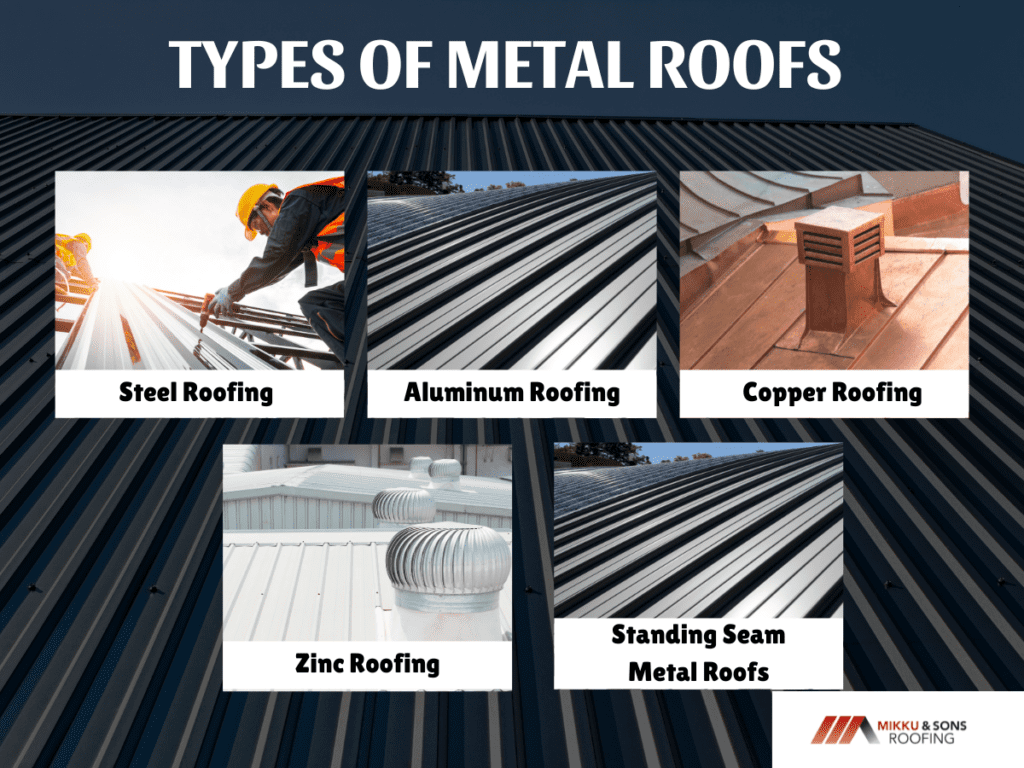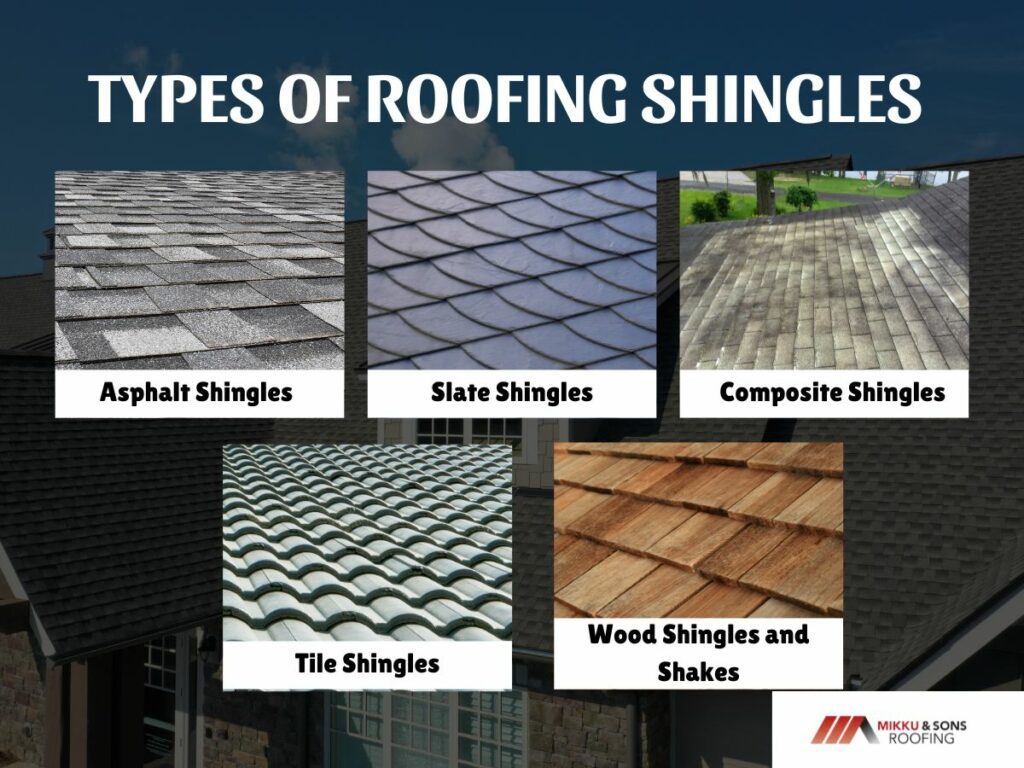

Choosing the right roof is kind of like picking out a good pair of shoes—you want something that looks great, fits your needs, and can handle the elements without falling apart too soon. With so many options out there, though, it's easy to feel overwhelmed.
Should you go for the sleek, modern appeal of a metal roof or stick with the tried-and-true comfort of shingles? Well, that depends on a few key factors. Your roof does a lot more than keep you dry; it also plays a huge role in your home's energy efficiency, durability, and curb appeal.
So, how do you decide? Let's look at metal roof vs shingles comparison.
When thinking about roofing materials, fire safety isn’t always the first thing that comes to mind, but it’s a critical factor, especially if you live in an area prone to wildfires or dry conditions. Apart from protecting you from the rain your roof is also your home’s first line of defense in case of fire.
The good news is, roofing materials are tested and rated based on how well they resist fire. The fire rating system runs from Class A to Class C, with Class A being the highest level of fire resistance.
Metal roofs are known for being some of the most fire-resistant options out there. Because metal is non-combustible, it can offer strong protection against airborne embers and flames, giving it a solid Class A fire rating.
Another bonus? Metal roofs don’t ignite or spread flames, meaning that in the unfortunate event of a fire, your roof won’t contribute to the blaze. This can make metal an ideal option for homes in fire-prone areas, especially when combined with other fire-resistant building materials.
Shingles, on the other hand, vary in fire resistance depending on the type you choose. Asphalt shingles—the most common type—are typically treated with fire-resistant materials and can also earn a Class A rating.
This means that, like metal roofs, they can withstand exposure to fire for a certain period, offering a reasonable level of protection for your home. However, it’s important to note that not all shingles are created equal.
While asphalt shingles generally offer good fire protection, wood shingles or shakes tend to have a lower fire rating unless they’re treated with fire-retardant chemicals. In their natural state, wood shingles can fall into the Class B or even Class C rating, making them less suitable for fire-prone areas.
Cost is one of the biggest factors when deciding between a metal roof and shingles. While you might be tempted to go with the cheaper option upfront, it's important to consider both the initial price and the long-term costs, such as maintenance and potential replacements.
Are you willing to invest more now for long-term peace of mind, or do you prefer a lower initial cost with the understanding that you might need to replace your roof sooner?
Metal roofs are generally more expensive upfront, but they also last longer and require less maintenance, which can make them a worthwhile investment over time. On average, the cost of a metal roof ranges from $5 to $14 per square foot for materials and installation.
This means that if you have a standard-sized roof of about 2,000 square feet, you’re looking at a price tag anywhere from $10,000 to $28,000. While that might seem steep compared to shingles, it's important to remember that metal roofs can last anywhere from 40 to 70 years.
Plus, metal roofs tend to be more energy-efficient, potentially saving you money on cooling costs during hot months. And with fewer repairs and replacements over time, you may find that the upfront cost balances out in the long run.
Shingles are the more budget-friendly option when it comes to the initial cost. For asphalt shingles, which are the most common type, you can expect to pay around $1.50 to $5.50 per square foot for materials and installation. So for that same 2,000-square-foot roof, your total would likely fall between $3,000 and $11,000.
This lower cost makes shingles an attractive option if you’re looking for something more affordable in the short term. However, shingles typically need to be replaced every 15 to 30 years, which means that while the initial investment is lower, you might end up spending more on replacements down the line. Additionally, shingles require more maintenance and repairs compared to metal, which can add to your overall costs over time.
When you think of metal roofs, you might picture a single type of material, but in reality, there’s quite a variety of metals to choose from. Just like picking the right car for your needs, choosing the right type of metal roof means considering what’s most important to you.

Steel is one of the most commonly used materials for metal roofing because it’s strong, widely available, and relatively affordable. There are two main types of steel roofing: galvanized steel, which is coated with zinc to prevent rust, and galvalume steel, which has an aluminum-zinc coating for added corrosion resistance.
If you live in an area prone to extreme weather conditions like heavy rain or snow, steel roofing can be a good choice because of its strength and durability. It’s also a great option if you’re on a budget, as steel tends to be more affordable compared to other metals.
While it’s not the most long-lasting option, a steel roof can still give you around 40-50 years of protection with minimal maintenance.
Aluminum is another popular option, especially in coastal areas where salt corrosion can be a problem. Unlike steel, aluminum naturally resists corrosion, making it a top choice for homes near the ocean.
It’s also a lightweight material, which means less stress on your home’s structure—a big plus if you’re considering a metal roof for an older house. If you’re concerned about rust or live in a particularly humid or salty environment, aluminum might be the best choice for you.
It comes with a slightly higher price tag than steel, but the added benefit of corrosion resistance makes it worth the investment, especially in the long run.
Copper roofs are considered the premium choice in metal roofing. They offer unmatched beauty, with a natural patina that develops over time, creating a unique and classic look.
Copper is also extremely durable and can last over 100 years, making it a long-term investment for homeowners who want both longevity and style. That said, copper comes with a much higher price—often significantly more than other metal roofing materials.
If budget isn’t a major concern and you’re looking for a roof that offers both style and incredible durability, copper might be the way to go. Copper roofs are often chosen for high-end homes or historic buildings where aesthetics are a key factor.
Like copper, zinc develops a patina over time, which helps protect it from corrosion. One of zinc’s major selling points is its self-healing ability—when scratched or damaged, zinc reacts with water and air to form a protective coating, making it particularly low maintenance.
If you’re looking for a sustainable, long-lasting roof that requires minimal upkeep, zinc could be the right fit for you. Zinc roofs can last 80 to 100 years, making them a great choice if you're looking for something that will outlast most other materials.
However, zinc can be expensive, so it’s typically chosen for high-end or eco-conscious projects.
Standing seam metal roofs refer more to the design and installation method than the type of metal itself. These roofs feature raised seams that lock together, providing a sleek, modern appearance while also offering superior protection against water leaks.
This type of metal roof works well for homes in areas with heavy rainfall or snow, as the standing seams help channel water away from the roof and prevent moisture from seeping in. Standing seam roofs can be made from materials like steel or aluminum, and they’re a good option if you’re looking for a roof that combines modern style with functionality.
Shingles might seem straightforward, but just like metal roofs, they come in a variety of types. With shingles, it’s like picking out the right tile for your kitchen floor—there’s more to it than just the color.
You’ve got to consider how long it will last, how much maintenance it needs, and, of course, how it fits with your home’s overall look.

Asphalt shingles are the most common type you’ll see on homes today, and for good reason. They offer a solid balance between affordability and performance, making them the go-to option for many homeowners.
There are two main types: three-tab shingles, which are the basic, flat option, and architectural shingles, which offer a more dimensional look and added durability.
Wood shingles are machine-cut, giving them a more uniform appearance, while wood shakes are hand-split, offering a more rugged, textured look. Cedar is the most commonly used wood for this type of roofing because it naturally resists decay and insects.
While wood shingles and shakes look great, they come with a higher price tag—anywhere from $6 to $10 per square foot. They also require more maintenance than other types of shingles, especially in areas with high moisture or fire risks.
If you love the look and don’t mind the upkeep, wood shingles can be a beautiful and durable option, lasting around 30 to 40 years when properly maintained.
Made from natural stone, slate shingles can last 50 to 100 years or even longer. However, with this beauty comes a hefty price, typically ranging from $10 to $30 per square foot.
Because slate is so heavy, it’s important to ensure your home’s structure can handle the weight. If you’re willing to make the investment and your home can support it, slate shingles are ideal for those looking for a long-term, high-end roofing solution that requires very little maintenance.
Composite shingles, also known as synthetic shingles, are made from a mixture of materials like rubber, plastic, and asphalt to mimic the look of more expensive options like wood or slate. These shingles are lightweight, affordable, and offer decent durability, typically lasting around 20 to 50 years depending on the material.
At $4 to $8 per square foot, composite shingles are a great middle ground if you love the look of wood or slate but don’t want to deal with the maintenance or high costs. They are also more resistant to damage from fire and extreme weather, making them a practical choice for a variety of climates.
Tile shingles are most commonly associated with Mediterranean or Spanish-style homes, but they can be used on many architectural styles. Made from clay, concrete, or terracotta, these shingles are incredibly durable and can last anywhere from 50 to 100 years.
They also offer excellent fire resistance and can withstand harsh weather conditions. However, tile shingles come at a higher cost, typically ranging from $8 to $20 per square foot.
Like slate, they are heavy, so you’ll need to make sure your home’s structure can support them. If you’re in a region with high heat or want to achieve a unique aesthetic, tile shingles are worth the investment.
Choosing between metal roofs and shingles isn’t a one-size-fits-all decision, but now you have a better sense of what each option can offer. When you're deciding on a roof, it’s helpful to remember how these pros and cons connect to the bigger picture of your home.
Metal roofs might seem more expensive upfront, but if you value long-term savings and minimal maintenance, they could be the right fit for you. Shingles, on the other hand, offer more flexibility in style and a lower initial cost, which might suit you if you're looking for an affordable solution with a shorter time frame.
Either way, understanding the strengths and potential drawbacks of each option helps you make an informed choice that fits your home’s specific needs.
